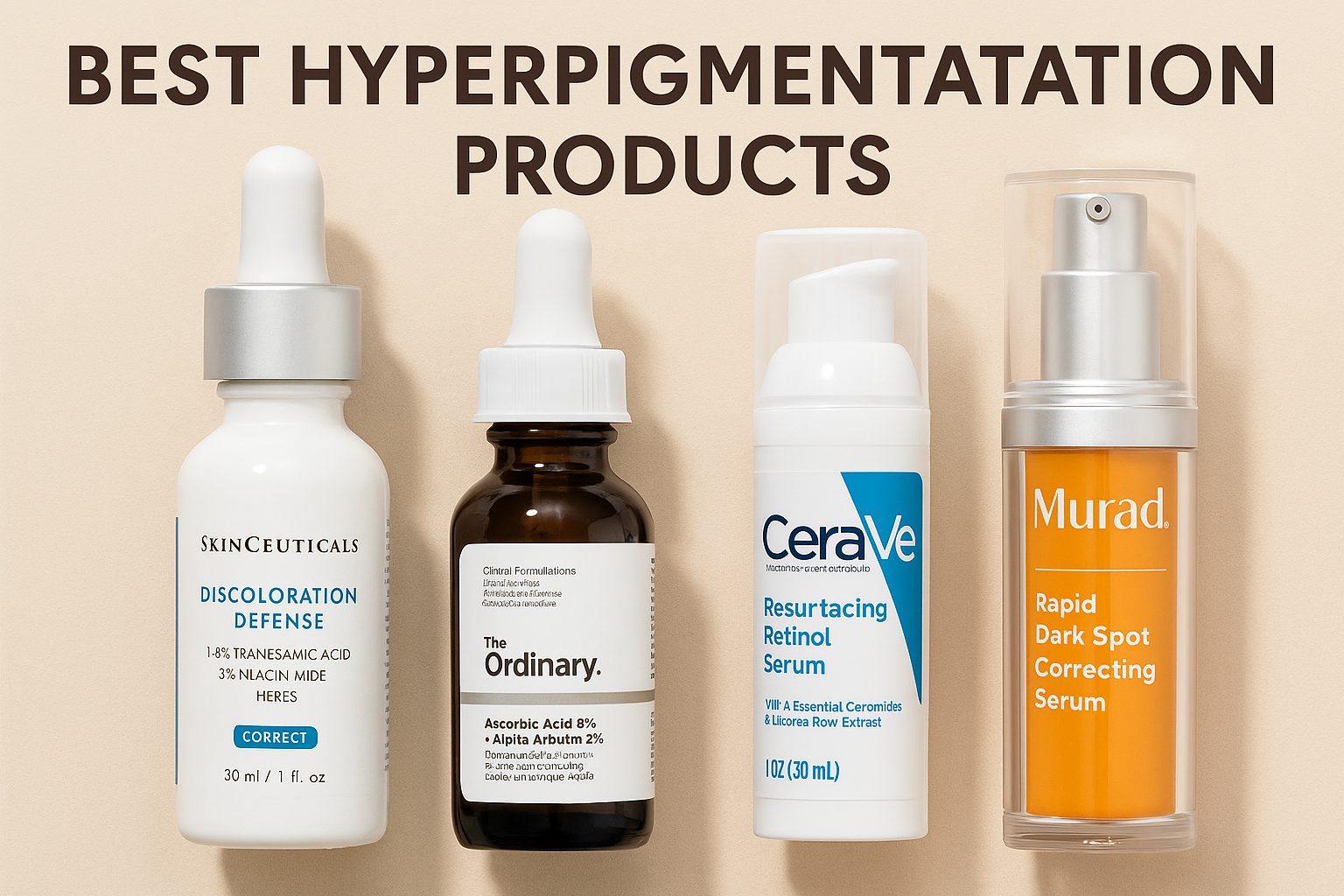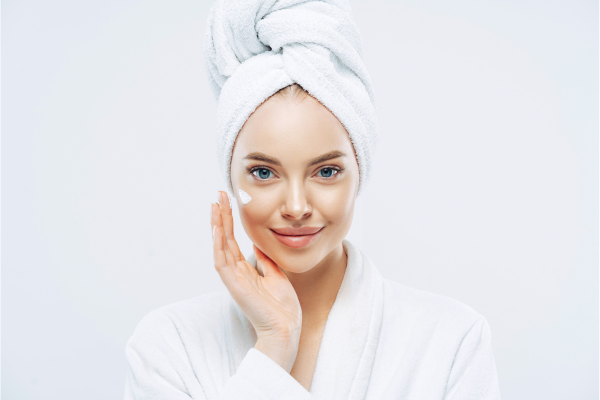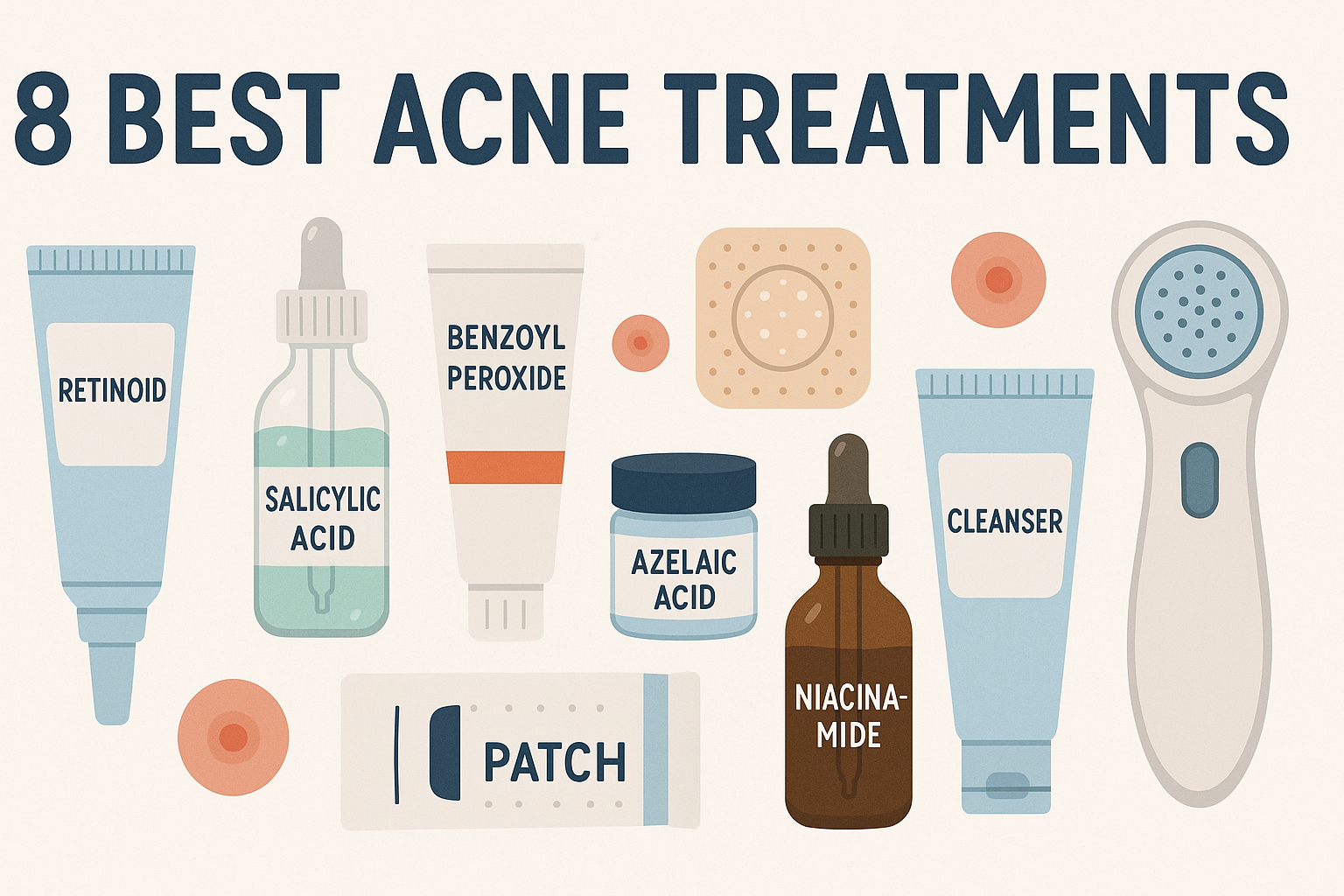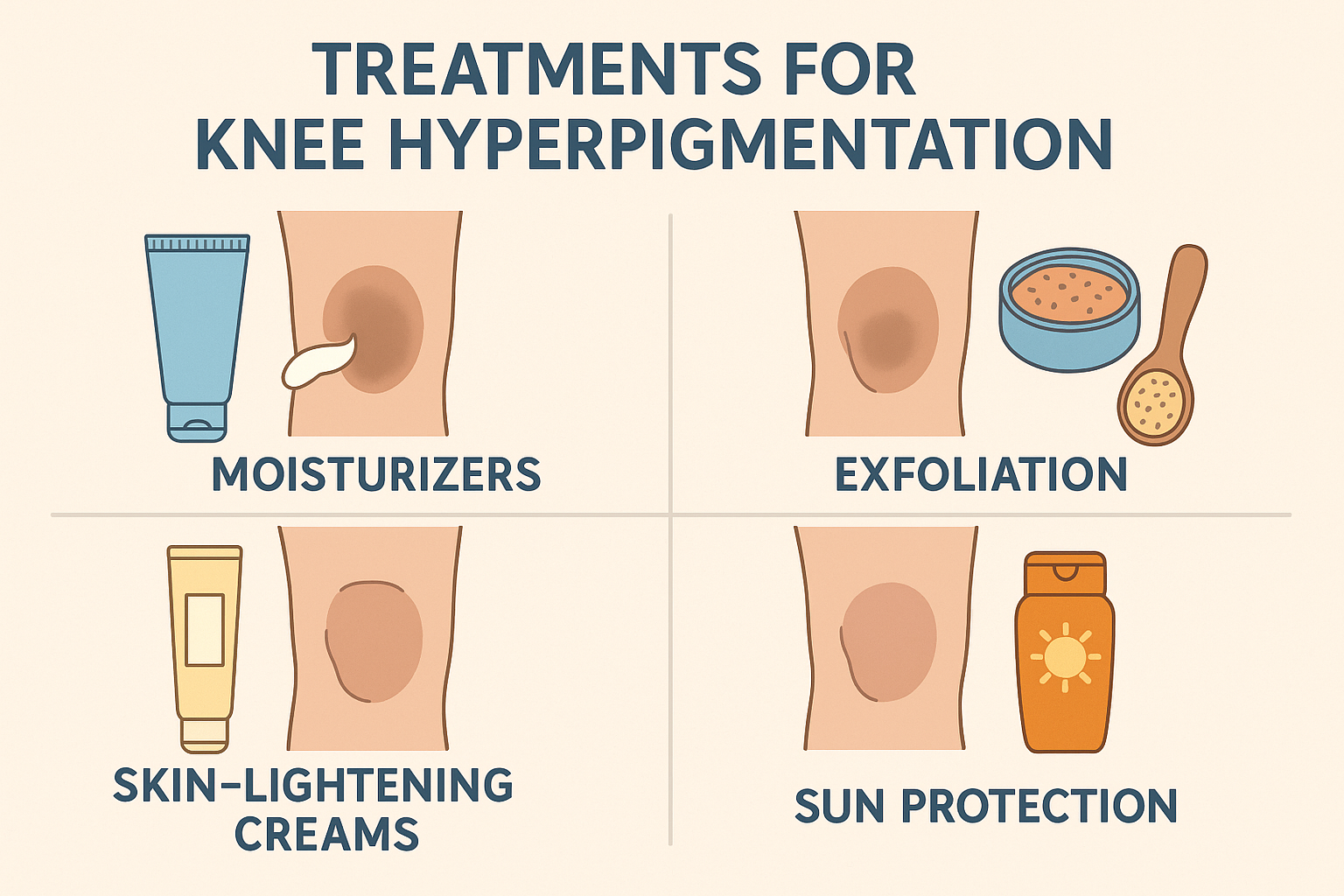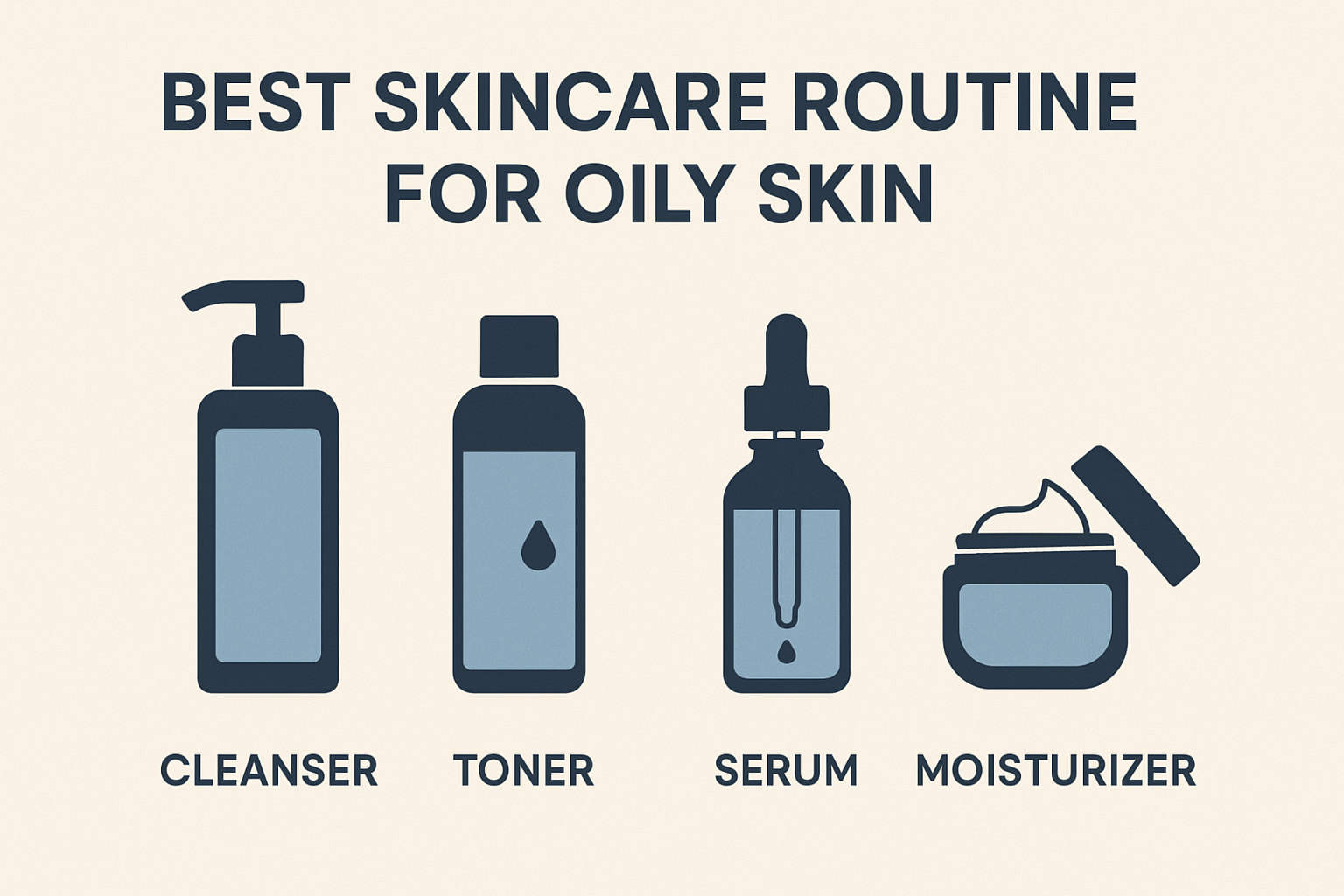Want Even Skin from Head to Toe? Body Peels Are the Answer

When it comes to smooth, even-toned skin, most people immediately think of lotions or moisturizers. Yet, dermatologists recommend body peels as an often overlooked, highly effective step. Body peels are not just for the face—they target various skin concerns from fine lines to dark spots and uneven tone.
Certified dermatologist Dr. Marisa Garshick explains that body peels work by removing dead skin cells, revealing fresher, more even skin underneath. They also help reduce rough patches and small bumps, commonly known as keratosis pilaris, on arms and thighs.[1Reserva J, Champlain A, Soon SL, Tung R. Chemical peels: indications and special considerations for the male patient. Dermatol Surg. 2017 Nov;43 Suppl 2:S163-S173. doi: 10.1097/DSS.0000000000001281. PMID: 28902026.]
Body peels can be tailored to different skin needs, ranging from gentle acid formulas to stronger exfoliating blends. Beauty expert Kerry Benjamin highlights that incorporating body peels into your routine enhances overall skin texture and tone.
In short, body peels provide a practical, effective way to achieve soft, glowing skin from head to toe—going beyond daily lotions.
What Are Body Peels?
Body peels are like chemical peels for the face but formulated stronger to handle the thicker, tougher skin on the body. According to beauty expert Kerry Benjamin, the main difference is the higher concentration of active ingredients needed to address body skin concerns.
Body peels can target:
- Stretch marks or fine lines
- Dark spots from sun exposure
- Rough, bumpy skin (keratosis pilaris)
- Dry, dehydrated skin
They also improve skin tone and texture on arms, legs, back, chest, and hands. By removing dead skin cells, body peels enhance absorption of other skincare products like serums and moisturizers, boosting hydration. Even tanning lotions or body colorants apply more evenly on freshly peeled skin.
This makes body peels not just cosmetic treatments, but also a key step for healthier, more radiant skin all over the body.
How Do Body Peels Work?
Dr. Marisa Garshick explains that body peels work by loosening bonds between dead skin cells on the surface. This process, called exfoliation, lifts away old cells, leaving the skin smoother, brighter, and more even-toned.
All chemical peels also accelerate cell turnover, an essential process for healthy skin. It helps reduce dark spots, fine lines, and early signs of aging while improving overall skin texture.[2Rendon MI, Berson DS, Cohen JL, Roberts WE, Starker I, Wang B. Evidence and considerations in the application of chemical peels in skin disorders and aesthetic resurfacing. J Clin Aesthet Dermatol. 2010;3(7):32-43.]
Increased cell turnover also enhances the effectiveness of other products. Serums, lotions, and body moisturizers penetrate deeper, boosting hydration and leaving the skin soft to the touch.
In essence, body peels go beyond temporary aesthetic improvements—they support deep skin regeneration, delivering long-lasting, even, and healthy skin from surface to inner layers.
What Acids Are Used in Body Peels?
Body peels typically use AHA (Alpha Hydroxy Acid) or BHA (Beta Hydroxy Acid). Despite the “chemical” name, many of these acids are naturally derived—from milk, willow bark, or citrus fruits.
Common active ingredients include:[3Sarkar R, Arora P, Garg KV. Cosmeceuticals for hyperpigmentation: what is available? J Cutan Aesthet Surg. 2013;6(1):4-11. doi:10.4103/0974-2077.110089.]
- Lactic acid (AHA): Moisturizes and gently brightens skin
- TCA (Trichloroacetic Acid): Medium-strength peel for fine lines and wrinkles
- Salicylic acid (BHA): Deeply penetrates pores, ideal for body acne
- Kojic acid & Arbutin: Brighten and even skin tone, targeting dark spots
Dermatologists emphasize that the right combination is tailored to each person’s skin, improving texture, tone, and overall skin health.
What Are the Benefits of Body Peels?
Body peels offer multiple benefits for both skin health and appearance, especially on thicker skin areas like the chest, back, arms, and thighs.
Key benefits include:
- Reducing body acne: BHA peels penetrate pores, clearing blockages and preventing new breakouts
- Fading dark spots (hyperpigmentation): Lifts dead skin cells, making skin brighter and more even
- Smoothing rough, bumpy skin (keratosis pilaris): Evens out texture, leaving skin soft
Overall, body peels improve skin aesthetics while supporting deeper skin health, making them a valuable addition to any skincare routine.
Are Body Peels Suitable for All Skin Types?
Body peels are suitable for nearly all skin types and body areas, including chest, back, neck, arms, buttocks, and legs. Dermatologists consider them safe—even for sensitive skin—because they do not involve harsh scrubbing.
Peeling gently lifts dead skin cells, offering several benefits:
- Reduces itchiness and discomfort from dry or rough skin
- Improves absorption of skincare products like serums and moisturizers
- Provides extra support for certain skin conditions, such as eczema
For sensitive skin, enzyme-based body peels are recommended. These work gently to loosen dead skin cells without causing irritation.
With the right approach, body peels not only improve texture and tone but also enhance overall skin health, making them a flexible and safe option for almost everyone.
How Long Does It Take to See Results?
Results from body peels depend on your skin goals and condition. If the main goal is smoother, softer skin, changes are often visible after just one or two sessions.
For deeper concerns, such as dark spots or fine lines, multiple sessions are usually needed:
- Dark spots/fine lines: About six sessions with three-week intervals
- Body acne: Up to six sessions, spaced two weeks apart
Even areas like heels benefit. Dead skin buildup can be treated in two to three sessions, spaced three weeks apart, leaving feet soft and sandal-ready.
Patience and consistency are key. Regular body peels help improve texture, even out tone, and boost overall skin health over time.
Are There Any Side Effects/Risks?
Body skin differs from facial skin, so reactions to body peels can vary. Over-exfoliation may cause irritation, redness, or dryness. Acid-based peels carry a risk of burning if misused.
Redness, peeling, stinging, or discoloration should prompt a consultation with a certified dermatologist.
Peeling also increases sun sensitivity. Experts recommend applying sunscreen and avoiding direct sun exposure to reduce the risk of irritation or hyperpigmentation.
With proper use and post-peel care, body peels remain a safe, effective way to improve skin texture, tone, and health.
Can You Do a Body Peel at Home?
Body peels can be done at home using specially formulated products, usually with lower acid concentrations than professional treatments. Home peels are relatively safe for sensitive skin but consulting a dermatologist is recommended.
Popular options include:
- First Aid Beauty KP Bump Eraser Body Scrub: AHA-based, smooths and soothes dry skin
- StackedSkincare TCA MultiAcid Body Peel: Combines TCA, lactic acid, and salicylic acid for texture, acne, and dark spot improvement
- Paula’s Choice Resist Weightless Body Treatment: Lifts dead skin, reduces body acne, and supports smooth, healthy skin
Follow instructions carefully and protect skin with sunscreen afterward. With proper care, home body peels can effectively enhance texture, tone, and overall skin health.
Combining Body Peels with Other Treatments
Body peels can be combined with other treatments to boost results when done correctly. Dermatologists recommend:
- Body laser: Treats dark spots and wrinkles, while peels prep skin for better results
- Microneedling: Stimulates collagen production; combined with mild peeling, skin texture improves faster
- Topical treatments: Retinol or AHA/BHA serums can be integrated gradually to avoid irritation
Spacing treatments by a few days to a week is important depending on skin sensitivity.
A carefully planned combination can enhance texture, elasticity, reduce dark spots, and leave skin brighter. Professional guidance ensures safe and effective results tailored to your skin.
Body Peels for Specific Areas: Back, Arms, Knees & Elbows
Some body areas are thicker and rougher, requiring targeted care. Body peels can be customized for:
- Back: BHA peels clear pores, prevent bacne, and reduce body acne
- Arms: AHA peels smooth keratosis pilaris and small bumps
- Knees & Elbows: Lactic and glycolic acids remove dead skin, brighten, and soften these often rough areas
Adjusting acid concentration and formula is key for safety and effectiveness. Properly applied, body peels help all areas appear smoother, more even, and radiant while supporting skin health.
Final Thought
Body peels are a versatile and effective solution for achieving smooth, even-toned skin from head to toe. They help reduce body acne, fade dark spots, smooth rough patches, and boost absorption of serums and moisturizers, leaving skin healthier and more radiant.
Suitable for almost all skin types, body peels can be tailored—from gentle enzyme-based peels for sensitive skin to stronger acid formulations for stubborn concerns. Targeted peels work well on areas like back, arms, knees, and elbows, where skin tends to be thicker or rougher.
Combining body peels with treatments like body lasers, microneedling, or topical retinol can enhance results, but spacing and professional guidance are essential to avoid irritation. Consistency is key: visible improvements may appear after one or two sessions, while deeper concerns benefit from multiple treatments.
With proper care, sun protection, and appropriate product selection, body peels provide a safe, practical, and effective way to achieve radiant, smooth, and even skin across the entire body.
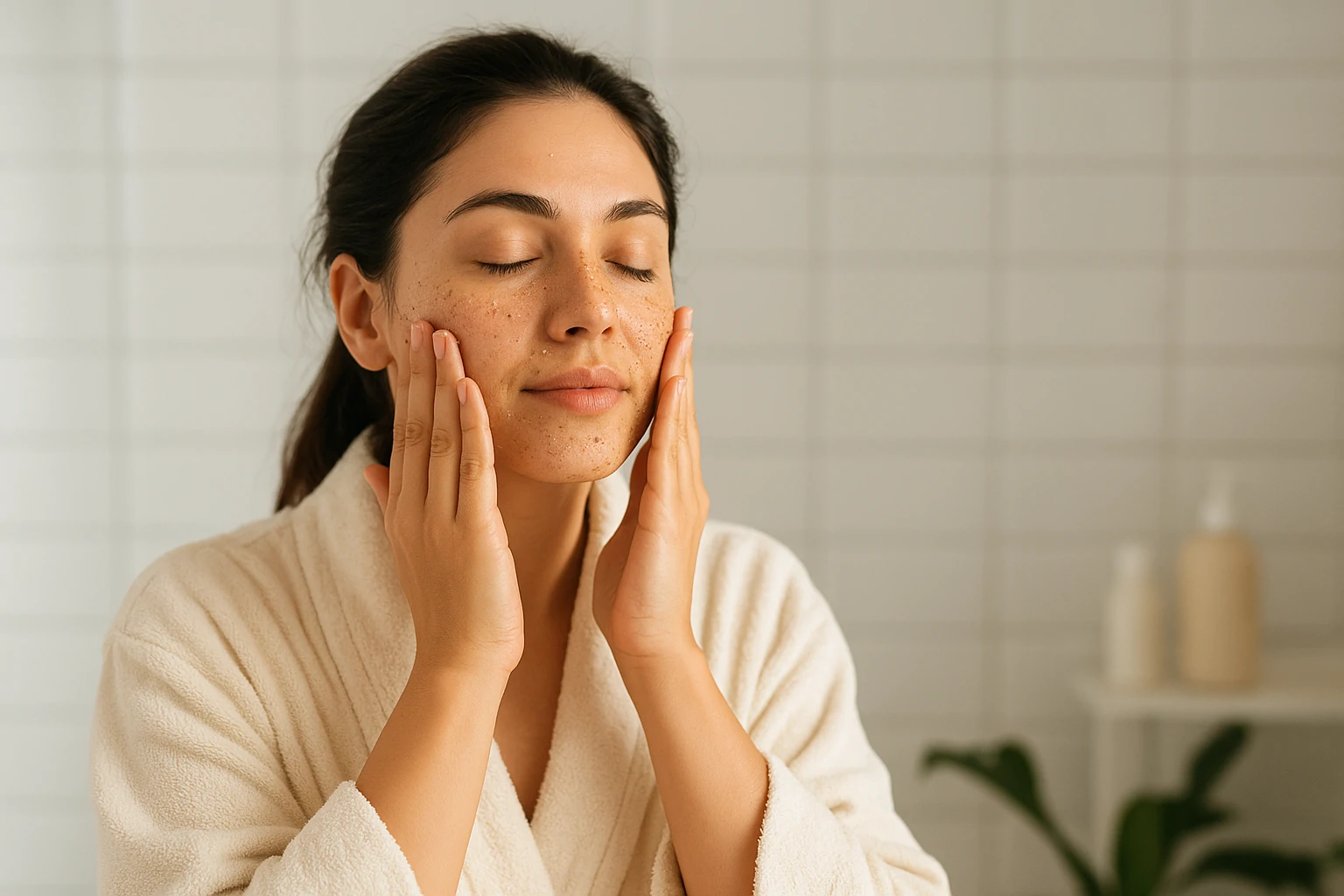
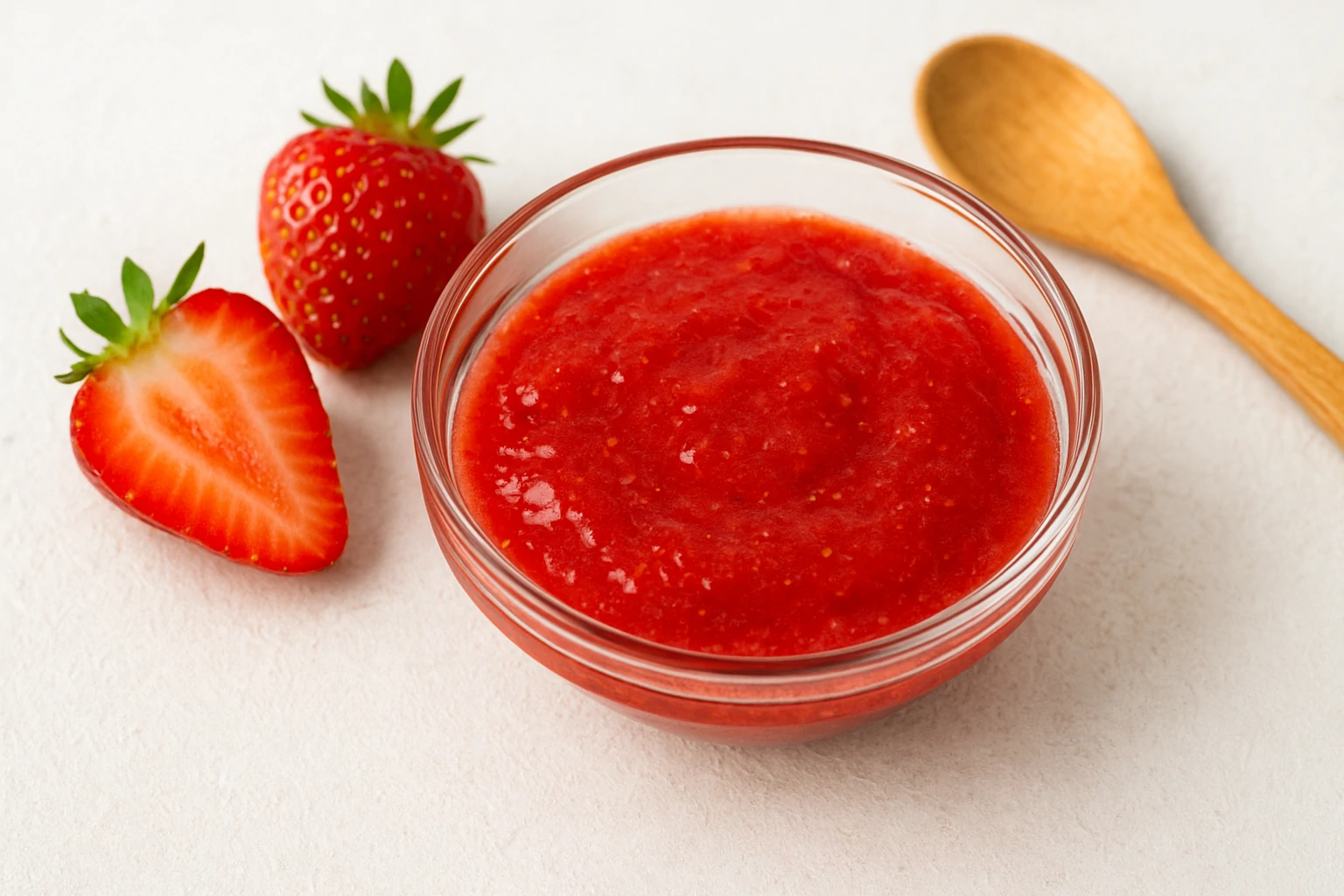
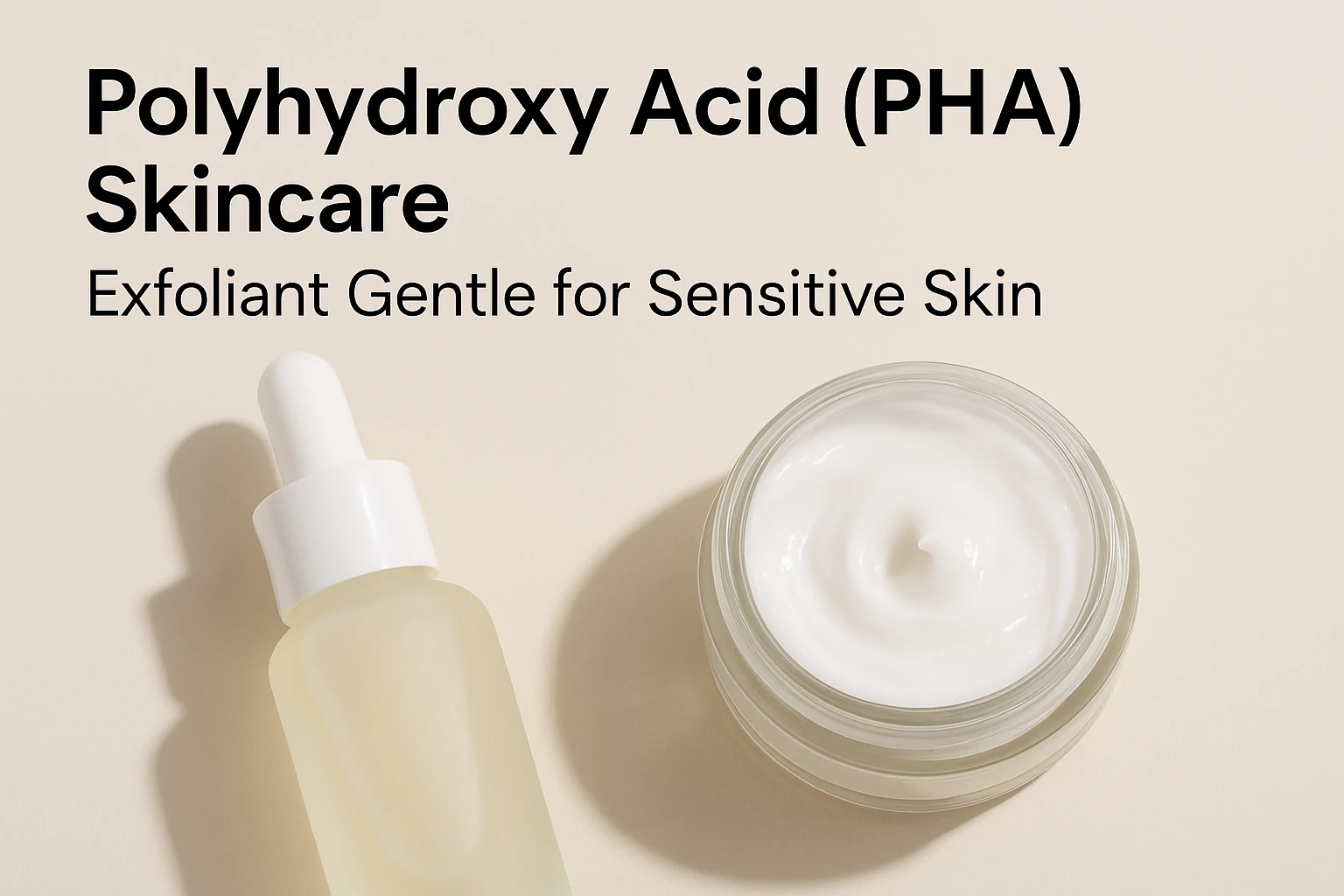


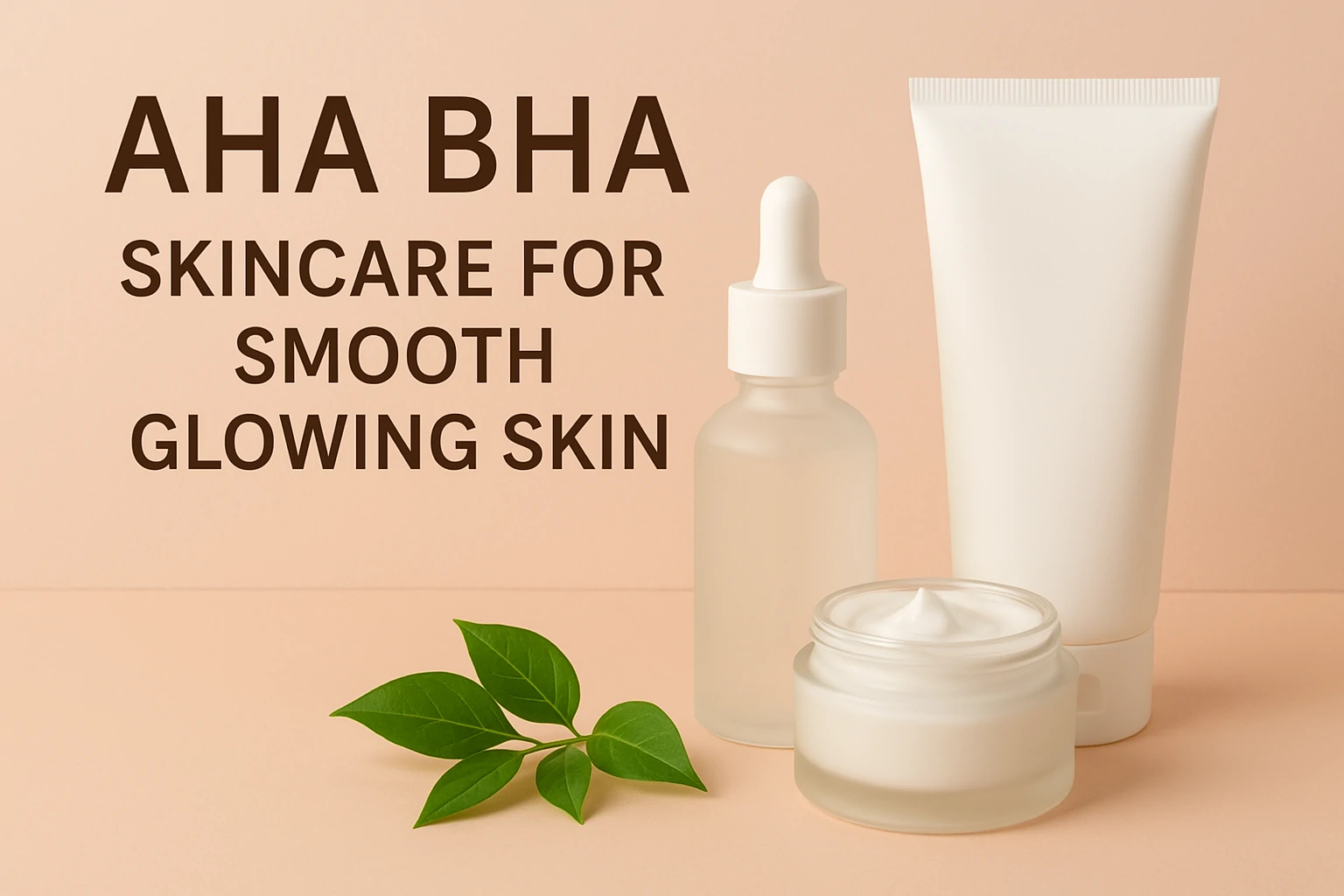
 Acne
Acne Anti-Aging
Anti-Aging Business
Business Digital Marketing
Digital Marketing Economics
Economics Exfoliation
Exfoliation Movies
Movies Personal Finance
Personal Finance Websites
Websites
